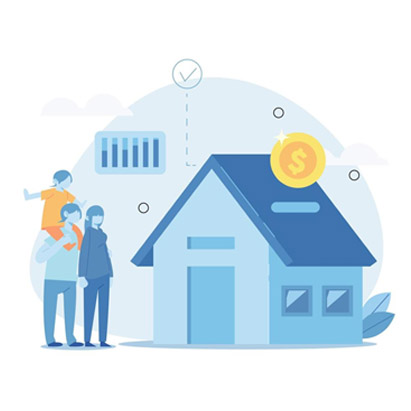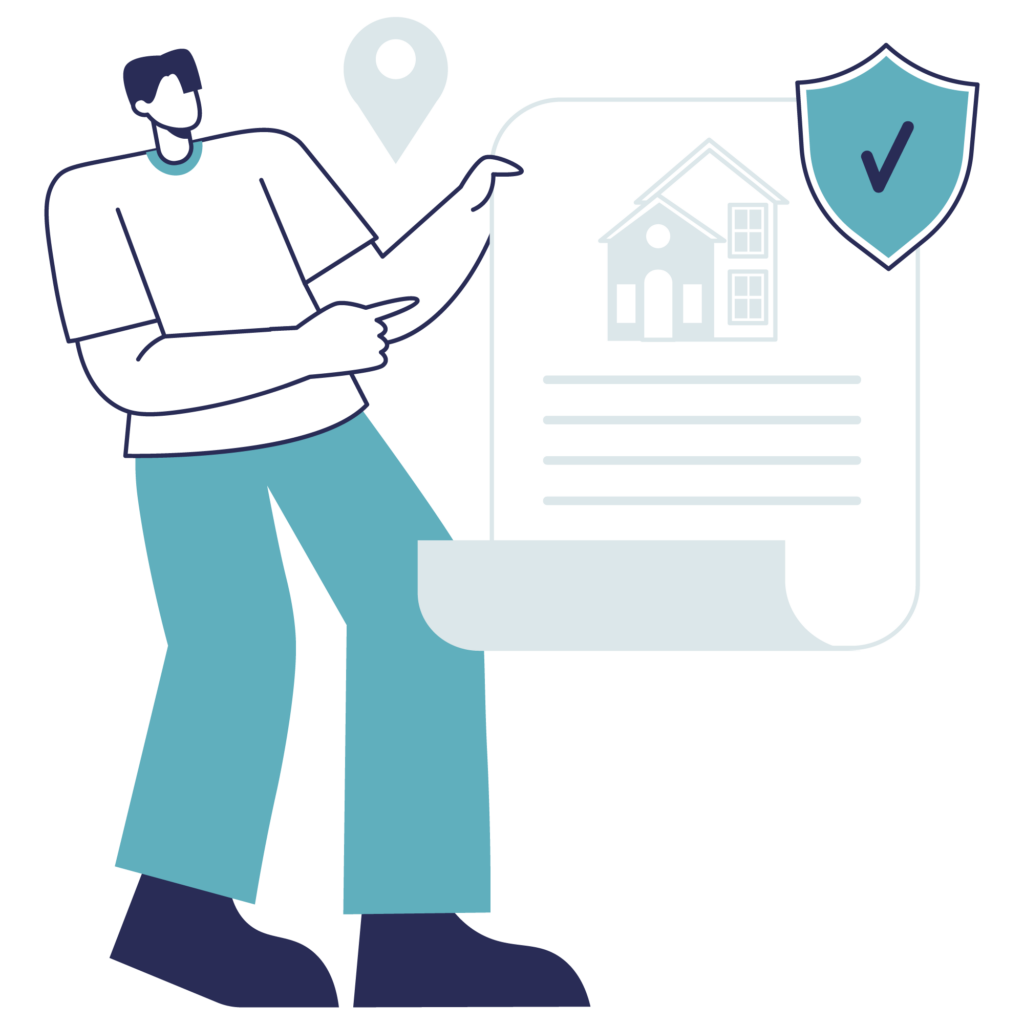
How to Buy a Home With Less than Perfect Credit
The American Dream of home ownership is possible while you are re-establishing credit. There are flexible loan options and down payments available for wide ranging credit scores.
But before we investigate how to get a mortgage with less than perfect credit, let’s identify what contributes to low credit scores and the options available.

What Is Less than Perfect Credit?
Your credit score is a measure of risk a lender takes on by financing your home purchase. This score is taken into consideration when you apply for any type of loan, and it’s especially important when applying for a home loan. A lender obtains your credit score through the main three credit bureaus, Equifax, Experian, and TransUnion.
The credit scale ranges from 300 to 850, with 300 being the lowest possible score and 850 being a perfect score. According to the credit scale, low credit is anything below a 580. Anything above 580 is considered to be fair while 740+ is good and 800+ is excellent.
What Factors Impact a Credit Score?
Your credit score is dictated by multiple factors, including the age of your oldest credit account, your history of on-time payments, the number of accounts you have open, the balance on your credit cards, the number of times you’ve applied for credit, and so on.
Ideally, you should have a long credit history that shows your reliability as a borrower. A high credit score means that you’ve paid your balances on time, your credit is diverse, you keep your balances low, and you don’t apply for too much credit at once.
All of this data (balances, late payments, etc.) is reported by the lender who services your credit card, auto loan or mortgage to the credit bureaus. The three bureaus (Equifax, Experian and Transunion) all independently evaluate your credit and provide their own particular score. A lender generally will qualify you on the middle of the three scores provided.

What Does a Mortgage Lender Look For in a Borrower?
Fortunately for people with low credit scores, a lender takes into account more than just your credit score. They want to get a complete picture of your financial standing and who you are as a borrower outside of what appears on your credit report. That’s why mortgage lending determinations are made on several additional factors, including your assets, your income and employment history, and the down payment you can offer.
Each lender has their own credit criteria for what they look for in an ideal borrower. However, by and far, most put heavier weight on your previous mortgage payment history than they would say on a credit card payment history. A previous foreclosure or recent mortgage late payments generally weigh heavier than a medical collection or scattered late payments on credit cards.

Lenders understand that you’re more than just your credit score. As to whether or not you can buy a home with a lower credit score, the answer is most likely yes — your costs and/or interest rate may be higher.
Government-backed mortgage loan options make homeownership possible for more consumers. VA loans are free of mortgage insurance while FHA loans offer flexible credit options and down payments (for example, 10% down payment with a 500-credit score or 3.5% down payment with a 580-credit score).
Other types of loans, such as conventional loans, require fair scores of around 620. Obtaining non-government-backed loans can be challenging, lower credit scores often reflect a history of missed payments and/or high debt amounts which is a risk to lenders. To offset risks, the lender charges a higher interest rate on the mortgage.
The most efficient way to improve your credit score is making all payments on time. Review your credit report for errors and resolve them immediately. If you have high balances on your credit cards, keep chipping away by making payments on time.
If you already have a mortgage and want to refinance it while your credit score is low, the first step toward refinancing amid low credit is to talk to your lender. Many lenders will allow you to refinance with a cosigner or through the FHA streamline refinance program.
If you already have an FHA insured loan, under the FHA streamline refinance option, you can reduce your interest rate or switch from an adjustable-rate mortgage to a fixed-rate mortgage with minimal documentation and flexible credit requirements. For example, FHA streamline refinance loans do not require an appraisal and only require income or asset documentation under certain circumstances.
Similar to FHA streamline refinances, the VA offers IRRRLs (Interest Rate Reduction Refinance Loans) that allow you to drop your interest rate, without obtaining an appraisal and only require income or asset documentation under certain circumstances.
Speak with your lender about additional refinancing options for less than perfect credit.
The moral of the story here is that you can achieve home ownership while working to re-establish credit. There are still ways to buy or refinance a home with low credit. Talk to a qualified mortgage expert at Mission Loans about how we can help you achieve your goal.
If you already have an FHA insured loan, under the FHA streamline refinance option, you can reduce your interest rate or switch from an adjustable-rate mortgage to a fixed-rate mortgage with minimal documentation and flexible credit requirements. For example, FHA streamline refinance loans do not require an appraisal and only require income or asset documentation under certain circumstances.
Similar to FHA streamline refinances, the VA offers IRRRLs (Interest Rate Reduction Refinance Loans) that allow you to drop your interest rate, without obtaining an appraisal and only require income or asset documentation under certain circumstances.
Speak with your lender about additional refinancing options for less than perfect credit.